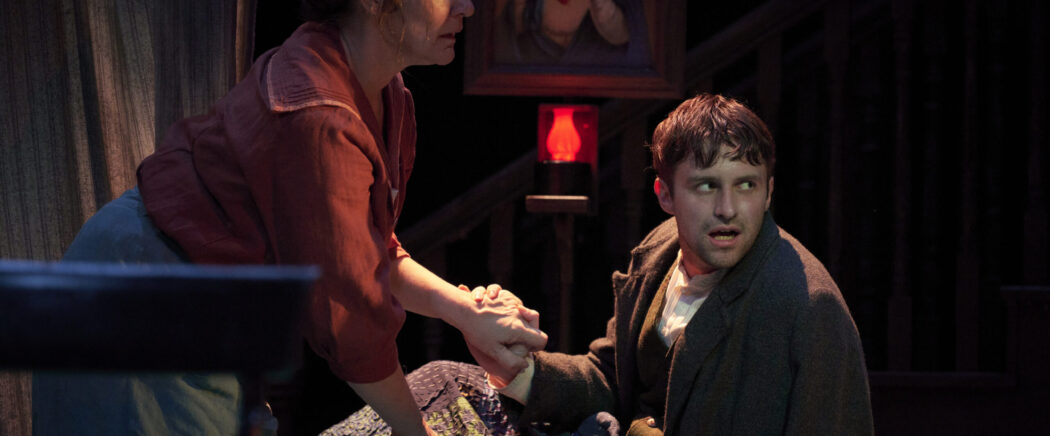In 1959, Lorraine Hansberry’s play A Raisin in the Sun opened on Broadway to critical and popular acclaim. Hansberry was only 29 years old, and she was the first African American to win the New York Drama Critics’ Circle Award. Her close friend James Baldwin said of Raisin that “never before, in the entire history of the American theater, had so much of the truth of black people’s lives been seen on the stage.”
As a 17-year-old student at the University of Wisconsin, Lorraine “took courses in stage design and sculpture and fully embraced becoming an artist.” She appeared in student productions of Lysistrata, where she played a woman who denies her husband sex in order to stop him from going to war, and as a member of the chorus in Antigone. Nowhere in these early experiments do we find any indication that she will become a dramatist in later life.
But we do learn in her reflections on that time that Lorraine’s most formative theatre experience at Wisconsin was stumbling into a rehearsal of Sean O’Casey’s play Juno and the Paycock. On stage, the actor/mourners were chanting a Catholic mass as Juno lamented the death of her son through horrific violence, crying out: “O blessed Virgin, where were you when me darlin’ son was riddled with bullets!” Of the dramatic moment that pierced Lorraine’s heart, she says, “I remember sitting there consumed as that wail rose and hummed through the tenement, through Dublin, through Ireland itself, and then mingled with seas to become something born of the Irish wail that was all of us.” Juno’s plea, to “Take away this murdherin’ [sic] hate and give us Thine eternal love!” not only embedded itself in Lorraine’s psyche, but influenced her later work. When Young, Gifted and Black: A Portrait of Lorraine Hansberry in Her Own Words was produced, the Lorraine character called Juno’s wail “a melody that I had known for a very long time.” She reflects back on her student days and tells us, “I was seventeen and I did not think then of writing the melody as I knew it; but I believe it entered my consciousness and stayed there…”
Much like Sean O’Casey, Hansberry strove to create fully-rounded characters who – warts and all – were shaped by societal circumstances that made day-to-day existence extremely difficult. In their worlds, survival hinged on the ability to project a sense of life beyond the material and physical reality of the moment. These two remarkable playwrights share a similar thread of care and concern for those who live in oppressive conditions and hostile environments. Their characters are deeply flawed, complicated beings. As are we all.
Michael Dinwiddie is Associate Professor of Dramatic Writing at NYU Gallatin and a member of NYU Skirball’s Academic Advisory Board.
